Siberian spruce: features and subtleties of care
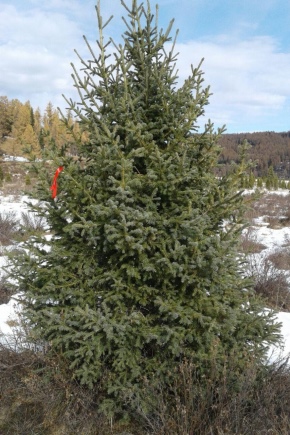
Picea obovata - Siberian spruce belongs to the most northern plants of the pine family. Naturally, this species is most widespread in the countries located in the north, as well as in the Siberian part. Here, the spruce forms forests, being part of a mixed species of growth. The similarity of this type of spruce with an ordinary one is great. They are often combined into a single concept.
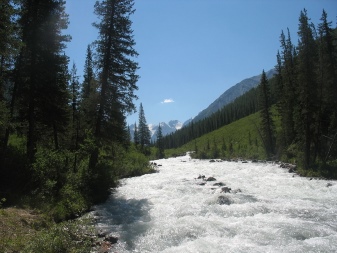

Description
In Latin, the representative of the pine family, Siberian spruce, sounds like Picea obovata. It has the highest resistance to frost, even long-term. Therefore, this species is so willingly planted in areas with a harsh climate, extreme cold. The Siberian spruce looks like this:
- the trunk of the straight type is massive, but graceful;
- height from 20 to 30 m;
- the roots branch out, are on the surface, the center is poorly developed;
- trunks have a circumference of 70 to 100 cm;
- the bark at first has a fine structure and a light tone, with age the tree turns brown to brown, furrows appear below, the layers of the upper type exfoliate;
- on shoots without a wood covering, there are shortened hairs of a red hue;
- the crown has the shape of a pyramid, the top with a clear silhouette;
- can be with several vertices;
- shoots on the sides are dense, branching well from the bottom of the trunk;
- needles of a hard type with a 4-sided shape, no more than 2 cm in length, dark green in color, clean;
- the cone is small in comparison with other species, not more than 6 cm in length, but wide brown with round scales, they ripen in early autumn;
- the seeds have a dark gray color, their size is about 0.5 cm, they have wings.
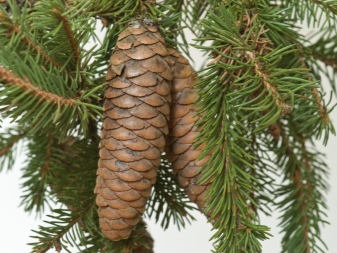
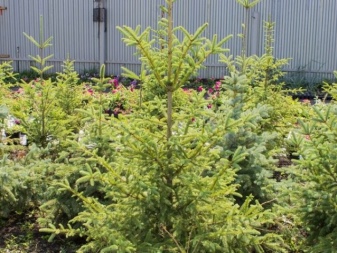
This breed is quite whimsical to soil composition in comparison with other northern spruces. Spruce loves moisture and light, does not tolerate polluted air. Such a tree lives for at least 350 years, begins to bear fruit no earlier than 25 years in the forest, no earlier than 15 in other conditions.
Siberian spruce needles contain:
- essential oil;
- protistocidal, antifungal phytoncides;
- tanning type compounds;
- vitamins E, K.
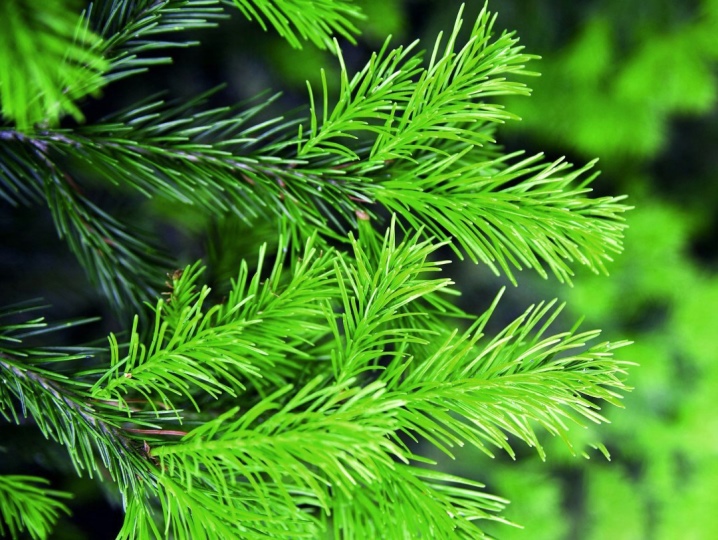
Buds, buds are rich in:
- essential oil;
- wood vinegar;
- salts of iron, chromium, aluminum, copper, manganese;
- bornyl acetate ether.
Fatty oil is found in the seeds, tannins - in the bark, rosin, turpentine - in the resin.
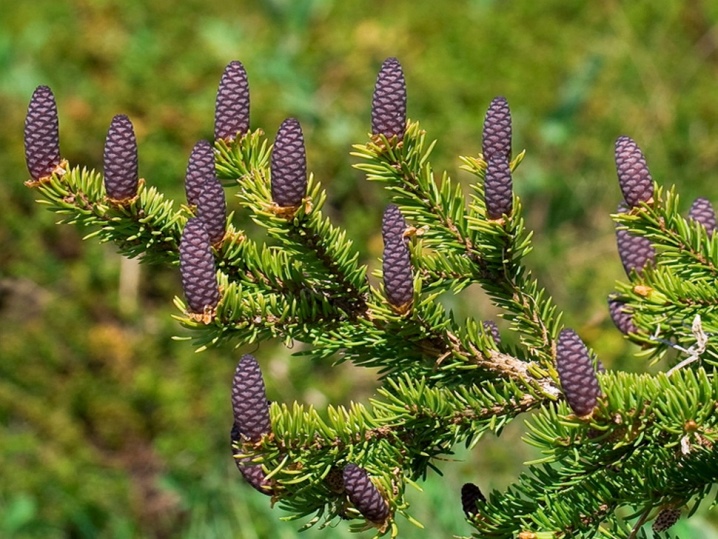
Spreading
In the wild, Siberian spruce is found most often in the European northern part, in the north of China, Mongolia. In our country, it grows in the Urals, in the West and East Siberian districts, in the Amur part. It gets along well in mixed forests with different types of trees, including:
- Birch;
- poplar;
- ash;
- fir;
- larch.
But very often it can be seen in one-piece forest valleys. It is lonely in the mountainous area. It also rarely grows in the Far Eastern part of Russia with continuous forests, most often with island woods. In the natural environment, this tree species cannot be found in the Kuriles, Kamchatka, Sakhalin, but when planted, it successfully takes root there.
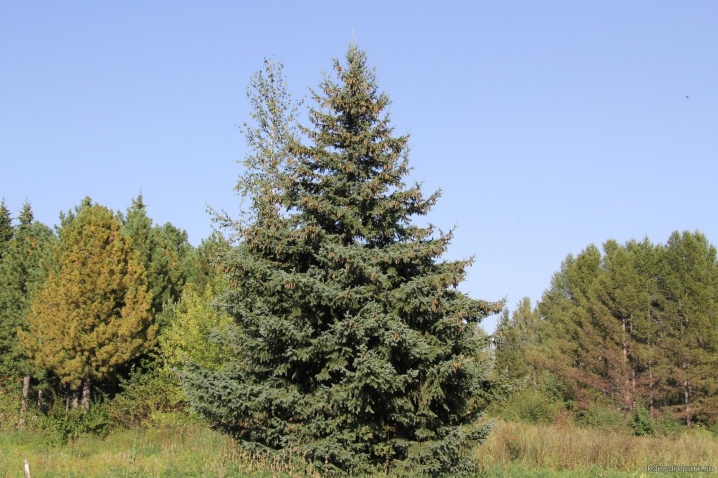
This tree grows slowly, it is in the Red Book, so it is rarely cut down. The type of wood is sapwood, with a long grain, a white shade, the rings are pronounced. There is not much resin in it, and it is softish. Finds application in production:
- furniture;
- finishing materials;
- paper;
- cellulose;
- acetic acid;
- alcohol;
- lathe;
- charcoal.


Needles are used in different industries:
- pharmaceuticals;
- cosmetology;
- ethnoscience.
In addition, spruce is a valuable decorative tree. It is planted in boulevards, parks, squares, squares, in private plots.
Its healing effect on the body, cleansing - on the environment is highly appreciated by ecologists and doctors.
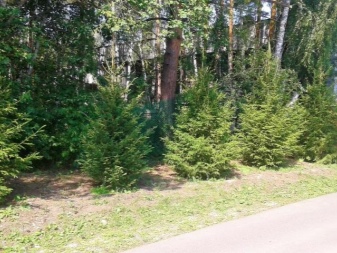

Landing
It is quite easy to plant a grown tree, which is purchased from the nursery. This process takes place in late autumn, early winter, in order to protect the roots from rot and bacteria.
Planting process step by step:
- choose a good place, taking into account the color of the needles - the lighter, the more light-loving the tree;
- prepare a hole, introduce forest-type soil, compost, fertilizers into it;
- drainage is required at the bottom;
- the root is not placed below the ground level;
- the soil near the trunk is slightly compacted.
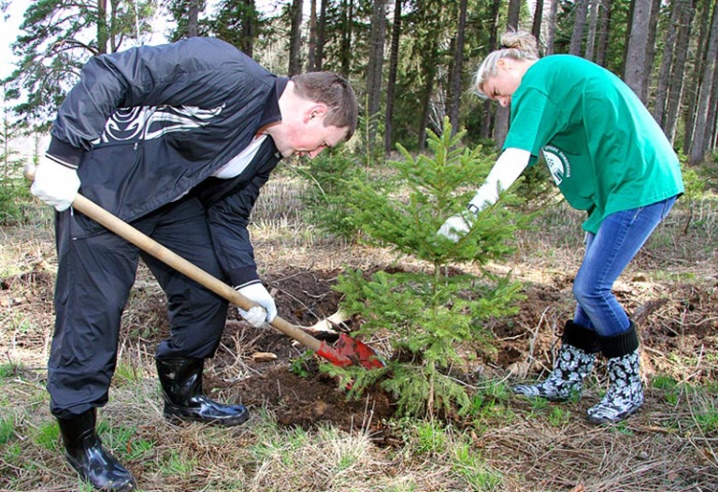
Care
The spruce is not very whimsical, it grows well in a shady space, not too fertile soil. However, there are a number of conditions that contribute to its qualitative growth and prosperity:
- it is better if the tree sees enough sun;
- spruce is not transplanted, does not compact the soil, does not trample;
- too strong winds can harm open roots;
- do not plant Picea obovata in places with close groundwater;
- drainage is required;
- the tree needs to be cut regularly, dry and unhealthy branches removed;
- in the heat, it is poured with cold water once a week, without touching the needles;
- spruce is usually fed only when planting;
- if necessary, you can fertilize once a year with special products for conifers;
- mulch is poured around the trunk - peat, shavings, needles.
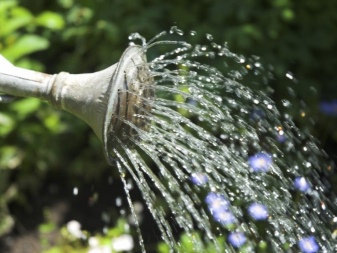

Reproduction
In the wild, seeds formed in a cone are spread by winds, animals, and insects. After which the tree takes root and grows, if conditions are favorable.
Growing from seeds is considered long and labor-intensive; you can transplant a tree no earlier than after 7 years. However, the seeds are sold in nurseries. Seeds are not a very successful breeding method and are long-lasting. In the first year, the shoot reaches a maximum of 10 cm, after which it grows even more slowly. Sprouts can die from insects, fungus, careful care is required. The spruce will reach two-meter growth only after 10 years.
Therefore, it is recommended to plant ready-made seedlings. Or to root the shoot of an adult spruce that has taken root. The minimum height of the cutting is 20 cm; such a seedling should be planted in the soil in early summer, in June.
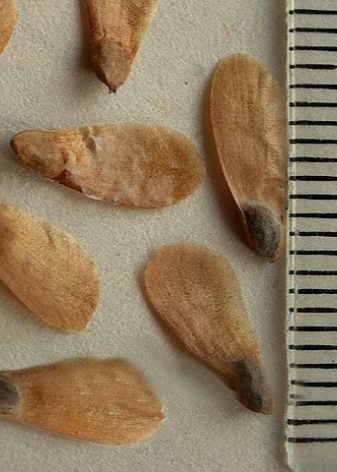

Diseases
The younger the tree, the more it is prone to morbidity and the more it suffers from pests.
Spruce diseases are most often fungal, infectious and parasitic in nature. Causes of ailments:
- landing errors;
- poor care, unsuitable conditions - watery soil, acidic soil, trees are crowded, there is not enough light, moisture.
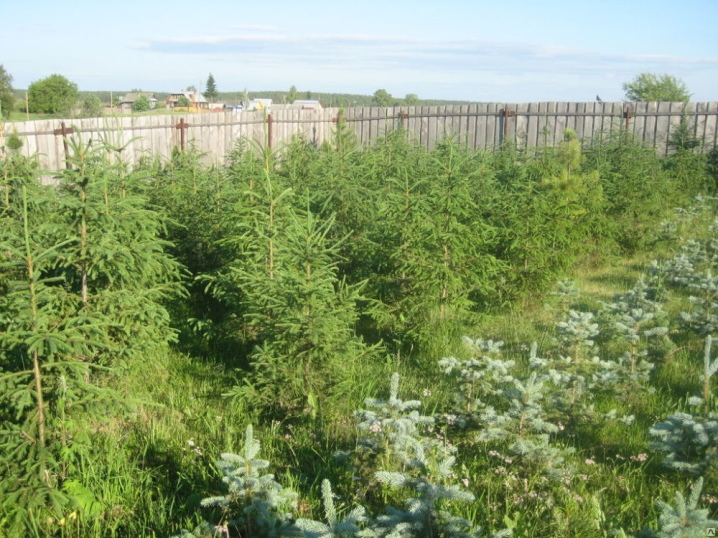
Among the pests that interfere with the development of Picea obovata, several species are often found.
- Insects of the needle-gnawing type destroy needles and kidneys. There are many of them - butterflies, beetles, caterpillars, sawflies, flies, moths. Many of them feed only on young needles, but there are insects that eat last year's plantings.
- Insects sucking juice from needles, branches, trunks. This species is also numerous, represented by scale insects, scale insects, false scale insects, aphids, ticks, hermes. It is difficult to notice them, and they can do quite a lot of harm.
- Insects damaging the trunk, bark, branches, roots. These are xylophages, represented by barbel beetles, golden beetles, bark beetles, grinders, weevils, horn-tails. Most often, they choose a sawn and damaged tree, but they can gnaw through a healthy one. This species is extremely dangerous.
- Insects living in cones, conobionts. These include flies, beetles, moths, butterfly caterpillars. They harm buds

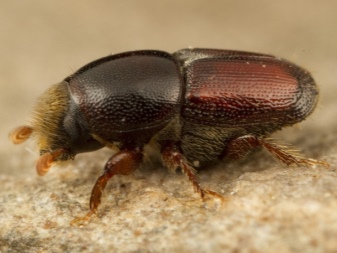
Among the diseases of Picea obovata, diseases of needles, trunk, branches, roots are distinguished.
Coniferous diseases include:
- ordinary shute - a fungal disease, the needles turn brown, turn red, a fungus appears on the trunk;
- lowland shyute - her fault is also a fungus, manifested by the summer browning of the needles and the formation of a fungal body on the needles;
- fungal browning is detected in the fall, when the needles turn red or brown, a chain of black-dot mushrooms grows by spring;
- northern rust is another fungal ailment in which an orange bubble fungus develops on the bottom of the needles in June;
- golden rust - this fungus develops in July-August, looks like orange pads on the bottom of the needles.
All ailments negatively affect the growth and development of the spruce, it loses its appearance, weakened.
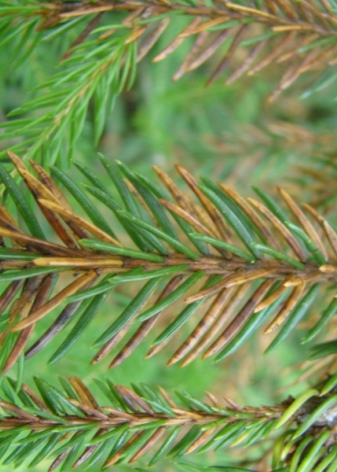

Diseases of the rhizome, trunk and branches include:
- paranecrosis, caused by a fungus, in which darkening, black bloom forms, leading to the death of the tree;
- dropsy of a bacterial type leads to the expiration of resin, a sour smell appears, the needles darken;
- variegated rot affects the roots and trunk, is characterized by the formation of rings of gray and purple hues.
And also often there are different types of rot of rhizomes, trunks, excited by fungi, leading the tree to a stop in development, weakening:
- white sapwood;
- variegated pitted;
- motley poisonous;
- brown poisonous sapwood;
- brown finely fractured.
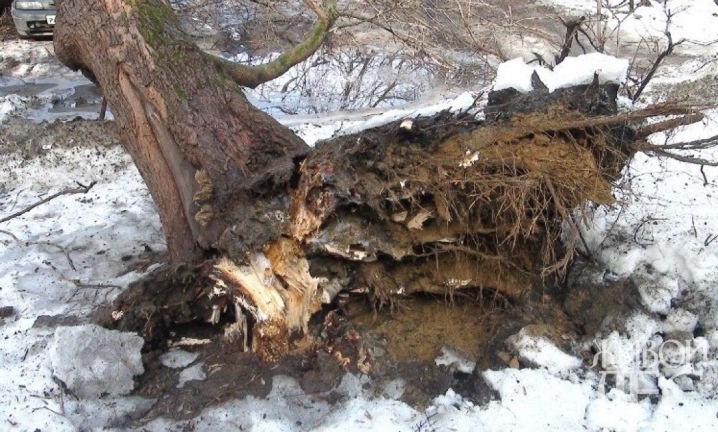
Prevention of pests and diseases is considered:
- compliance with all conditions for planting a seedling;
- planting only healthy trees;
- timely pruning;
- disinfection of the trunk, sections.
Most often, young, immature trees fall ill, so they need careful care. It is recommended to use agents that increase the plant's immune system:
- trace elements;
- vitamins;
- fertilizers.

Application in landscape design
Siberian use case spruce in the landscape:
- Siberian spruce gets along well with other plants;
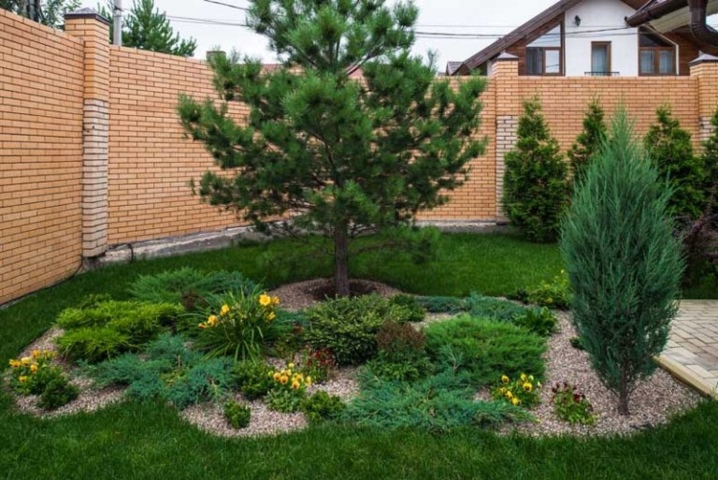
- even small trees look impressive;
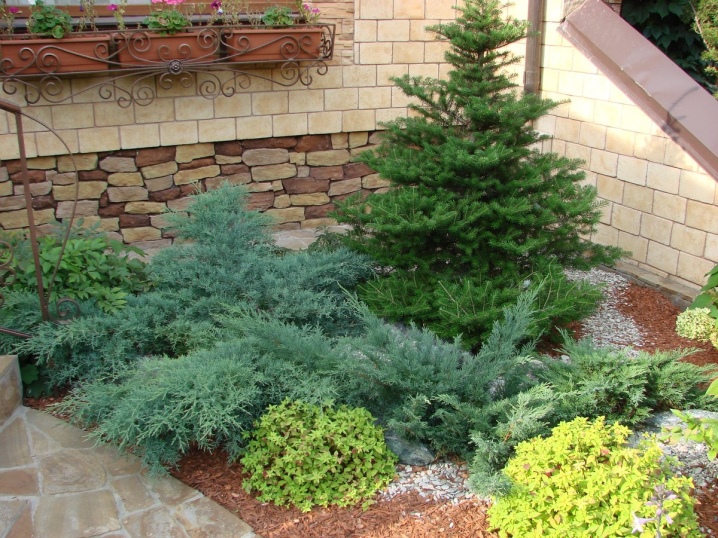
- conifers along the fence - a spectacular solution;
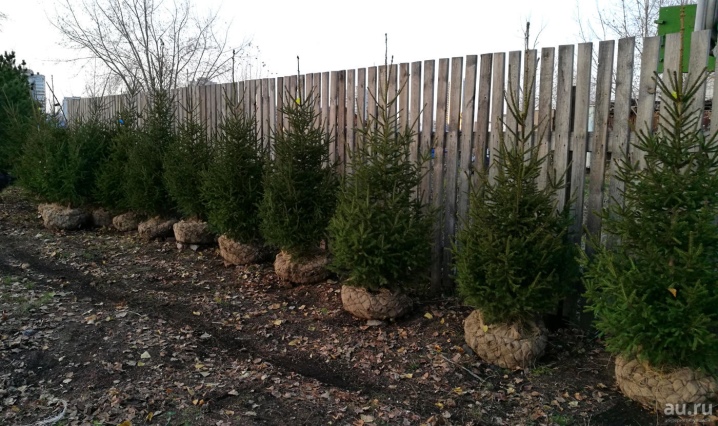
- you can use different types of conifers, this will not spoil the overall composition;
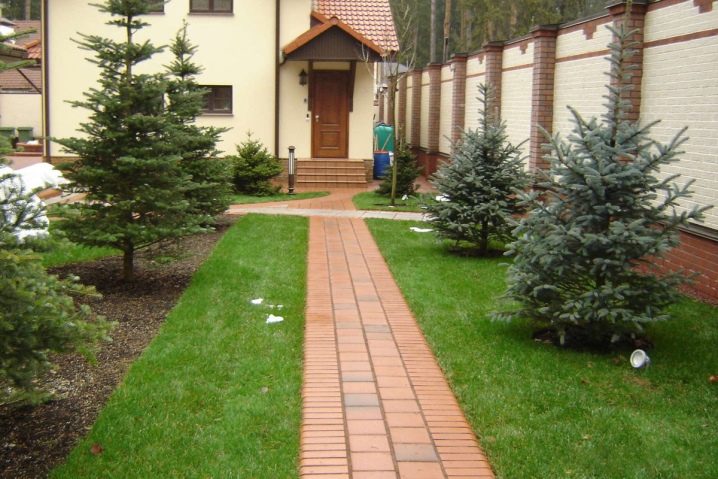
- chaotic tree planting does not allow spruce to get lost among other species.
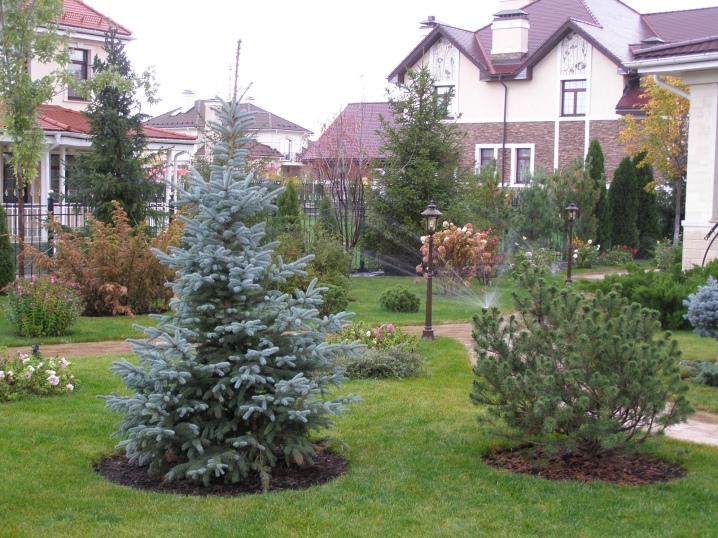
For the beneficial properties and uses of Siberian spruce, see the next video.



































































The comment was sent successfully.